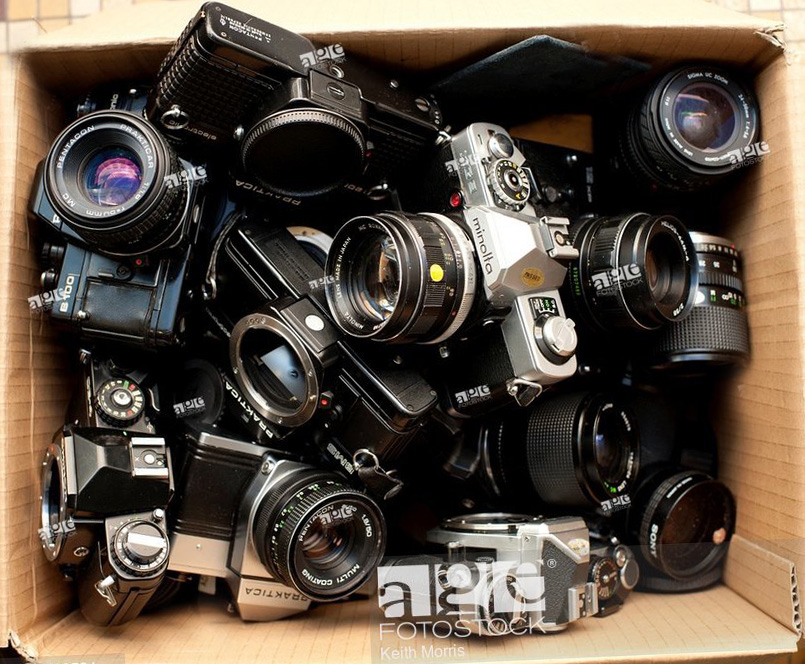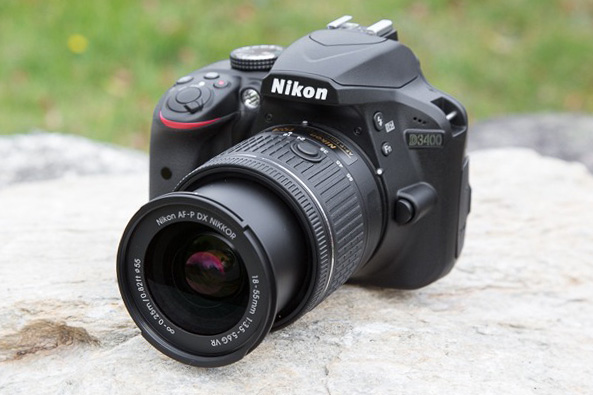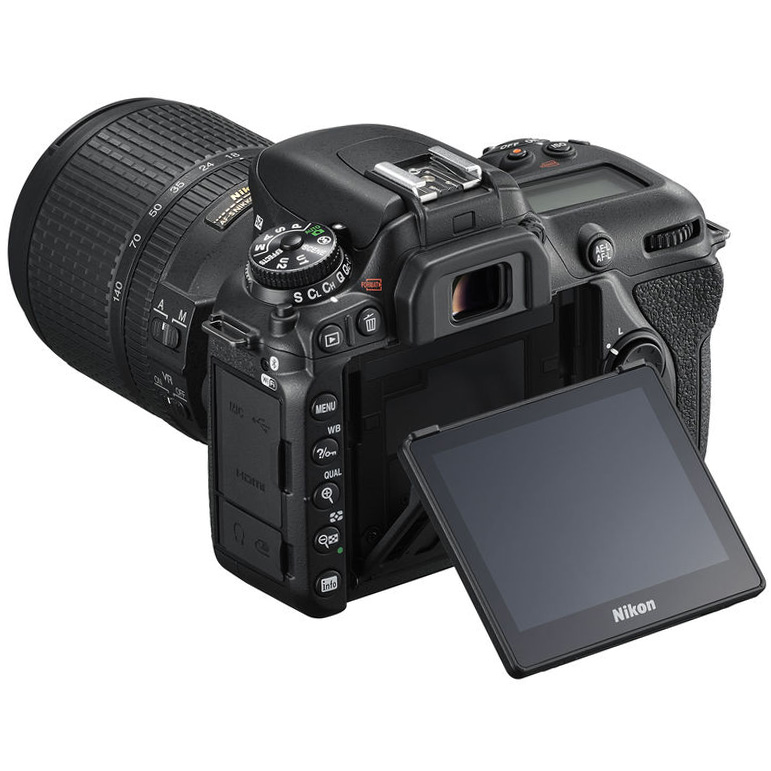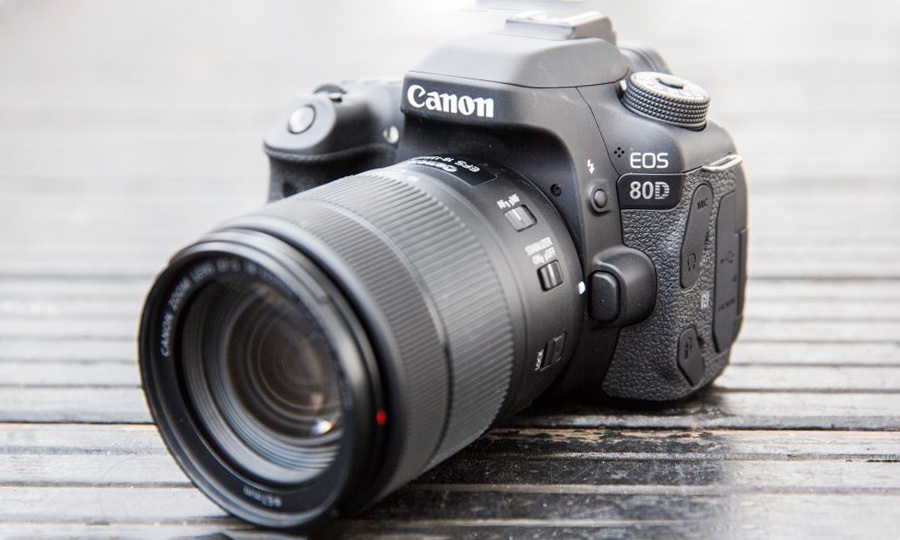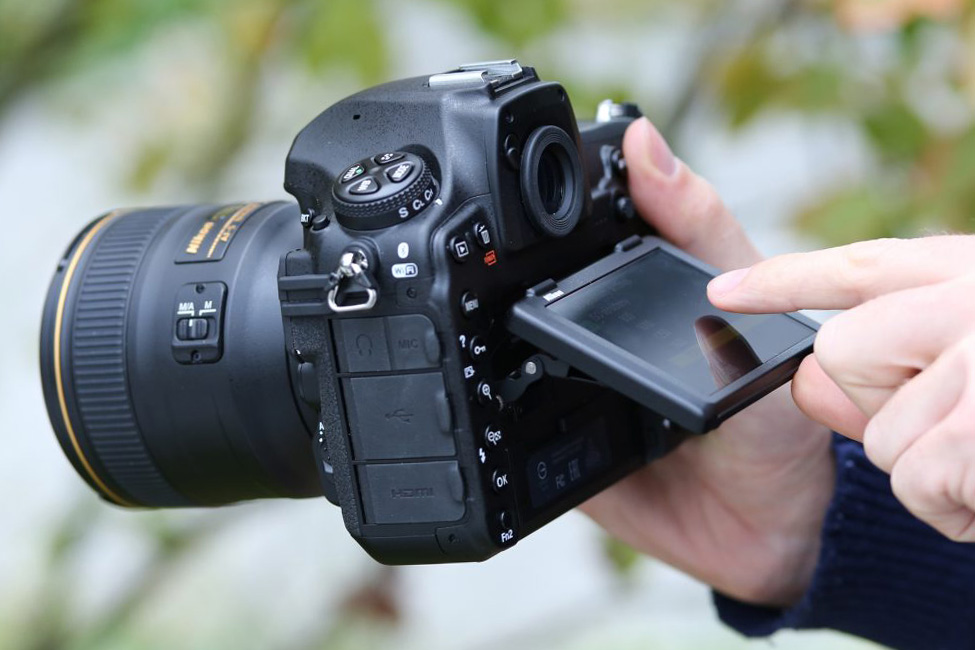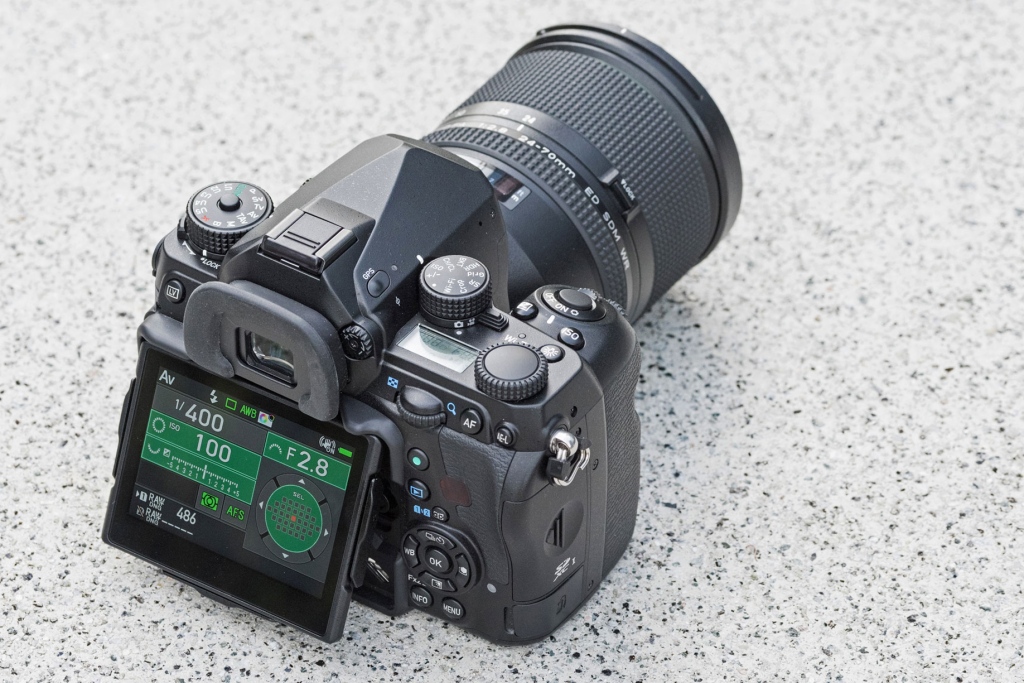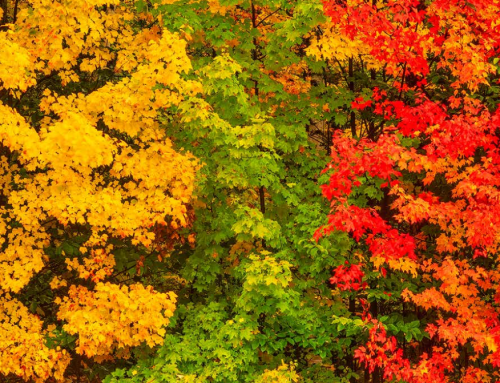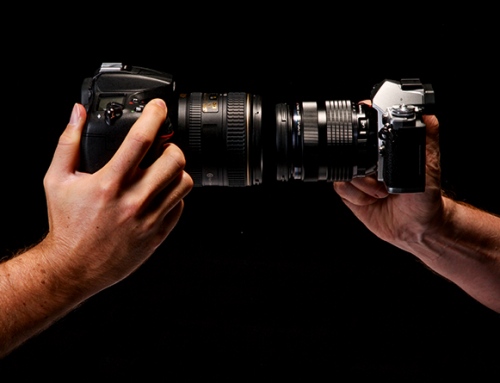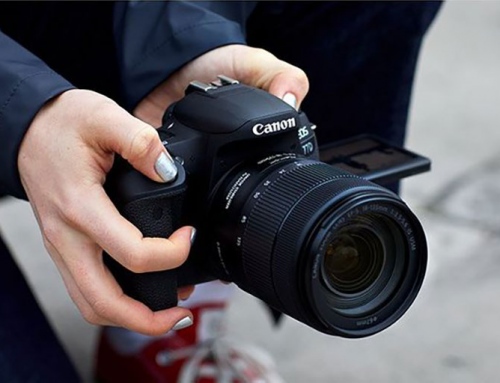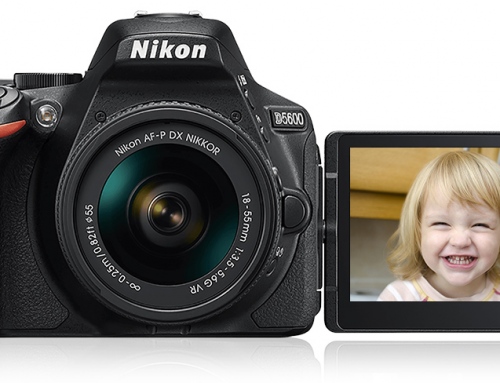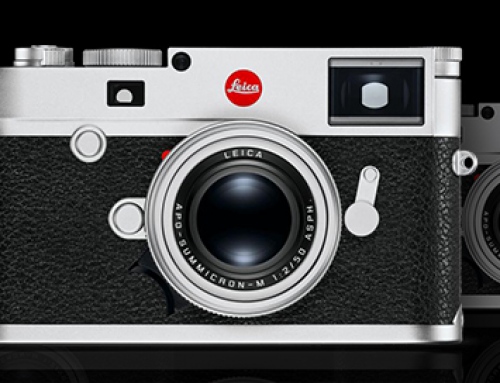With new camera models coming out every few months, it is difficult to choose which camera to go with. However, one advantage of growing technology and increasing number of camera models is that now, it is also difficult to choose a camera that won’t suit your needs.
Any average camera body today will give you the results you want. A megapixel count of more than 12, a decent autofocus system and additional features like Wi-Fi, touch screen LCD and shooting speeds of 6 to 8 fps – these are all common now. And if you really know how to use your camera, these basics are all you will need anyway.
But if you are in the market and don’t know where to start and what the options are, this list is for you. Here I’ll be discussing the top 3 cameras in 2019, for all types of budgets.
Nikon D3500 – For A Low Budget
Released only a few months back, the Nikon D3500 is perfect for people who simply want a good camera without breaking the bank. The basic kit with the excellent AF-P 18-55 mm lens comes just under $400.
Although this DSLR is not a huge step-up from the previous D3400, it does have a few important changes. The grip on this one has more space and depth for your fingers, similar to the Nikon D5600. Even the rear controls have been modified, with the ISO button now gone and the setting put in the menu. Another big change is the battery life, which is now rated for an astonishing 1550 shots on one full charge.
At the heart of the Nikon D3500 lies a new 24 megapixel sensor, which is officially 24.78 MP. Further, Nikon has continued the trend of not putting in an optical low-pass filter, which promises to make your images as sharp as possible and bring out the full potential of the sensor.
Other specs include a 11-point AF system, 3 inch fixed LCD display, 1080p standard video, 5 fps shooting speed, Pentamirror viewfinder and Bluetooth connection but no Wi-Fi.
In a nutshell, the Nikon D3500 is perfect for your first step. It gives great image quality using its 24 MP sensor, which has probably the highest dynamic range of all beginner cameras at a similar budget. If you want an easy-to-use and affordable DSLR, this camera won’t disappoint.
Nikon D7500 and Canon 80D – For A Medium Budget
For this section I have 2 cameras because they are both excellent, but one is especially good if you want to focus on videography along with photography. The Nikon D7500 has a price tag of about $1100, while the Canon 80D can be bought for $1000.
I’ll talk about the Nikon D7500 first. It borrows a lot of nifty features from the D500 while maintaining the efficient design and controls of D7200 in a lighter body. Surprisingly, the megapixel count of the Nikon D7500 has gone down from the usual 24 to 20.9 MP.
This is because 20.9 is still enough to give you huge prints, while also making low light performance of the camera and the buffer capacity much better. The new Expeed 5 image processor too contributes to the stellar sharpness and detail, along with the 8 fps shooting speed.
Although the image sensor has been improved, the autofocusing has not. The D7500 has the same 51-point Multi-CAM 3500 II DX system as its predecessor. On the video side is one of the biggest deal-makers of the camera.
Whereas the D7200 topped out at Full HD video, the D7500 can now capture 4K UHD video (3,840 x 2,160) at up to 30p. You also get headphone and mic ports, for better control over audio.
Coming to the Canon EOS 80D, it also makes it to this list because it is one of the best all-rounder cameras in the market. The excellent Dual Pixel AF technology, a big 24 MP APSC sensor and its overall capabilities in both stills and video category make the 80D amazing for both stills and videos.
The phase detect Dual Pixel AF along with the articulating touchscreen makes the camera very good for video. Focus pulls and subject tracking are as smooth as butter. Besides, you also get a long battery life and 100% coverage optical viewfinder. The only downside is the slightly lower dynamic range and lack of 4K.
Nikon D850 and Pentax K1 II – For A High Budget
It gets tougher to decide which camera to go with when your budget is high. So, here are 2 excellent choices for top-of-the-line full-frame DSLRs. The Nikon D850 comes in a little steep at almost $3000, and the very recent Pentax K1 II at a relatively cheaper $1800.
Personally, I think the Nikon D850 is probably the best full-frame DSLR currently on the market. From rough landscape and fast-paced sports photography to portrait and wedding shoots – the D850 can handle it all.
The Nikon D850 balances size and quality with its 45.7 MP sensor and 25,600 max ISO. This sensor provides a phenomenal dynamic range of 14.8 EV at base ISO and is supported by an almost-flawless 153-point AF system. With additional features like AF joystick, a touch rotating LCD display and 4K video capabilities, there is not much this camera misses.
I’ve always thought that Pentax cameras are the most value for money. Built like tanks with features like 100% viewfinders, image stabilization and weather-sealing in even the lower budget bodies, Pentax cameras really deserve more appreciation.
K1 II is a full-frame 36.4 MP camera with a reliable 33 point AF system, which features one of the best well thought-out designs and button layouts in camera history. Like all other Pentax cameras, this one is built like a tank, and can take a dive in a swimming pool without a hiccup.
The K1 II features in-body 5-axis image stabilization, which helps you take sharper photos at slower shutter speeds. It also features the novel Pixel Shift technology, which allows you to slightly shift the image sensor itself and combine multiple photos into one image with perfect detailing.
If fast frame rates – the Pentax goes only up to 4.4 fps – and the lack of video features do not bother you, the Pentax K1 II is a serious professional camera that will survive all your landscape expeditions.
